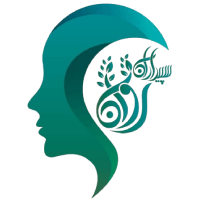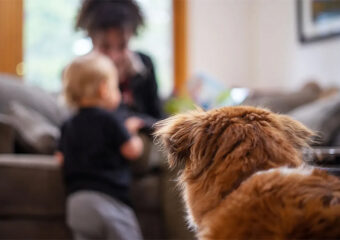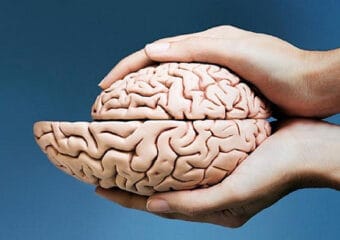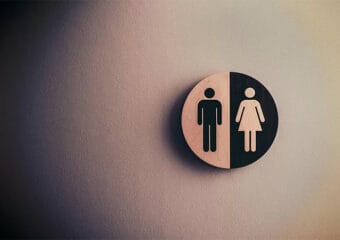
Blog
Attention deficit hyperactivity disorder in children
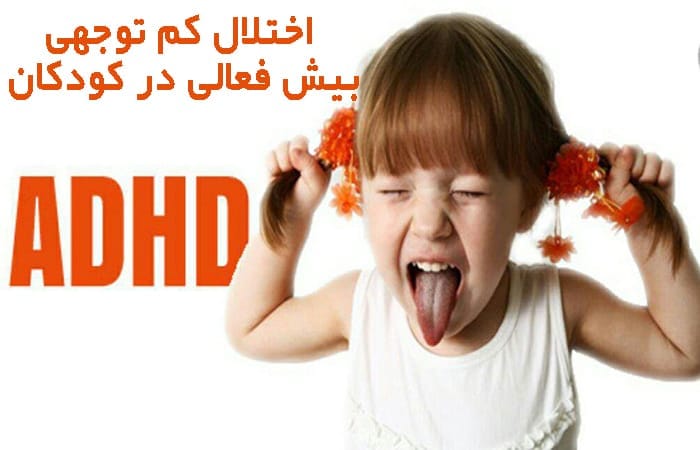
One of the common disorders among children is Attention Deficit Hyperactivity Disorder (ADHD), which falls under the category of neurodevelopmental disorders. In other words, this disorder is related to the developmental period of children, and any disruption during this growth phase can lead to impairments in the child’s functioning in family, social environments, friendships, and more.
ADHD in children begins in childhood and continues into adulthood, and it is more common in boys than in girls. Children and adolescents with this disorder often also suffer from conditions such as depression and learning disorders.
فهرست عناوین
ToggleSymptoms and Signs of ADHD in Children and Adolescents
Being inattentive, restless, and impulsive does not necessarily mean that a child has ADHD. A diagnosis can be made only if the child or adolescent exhibits at least six symptoms of this disorder consistently for six consecutive months. It is important to note that these symptoms should not only be observed in one environment, such as home or school, but should be present in at least two settings (home and school).
Suggested article: Family Psychology
Symptoms of Inattention in Children and Adolescents
- Often unable to pay attention to details, resulting in many mistakes in tasks assigned to them.
- Very forgetful in daily activities.
- Often lose their belongings.
- When spoken to, they seem not to listen.
- Cannot maintain attention during play or activities.
- Have difficulty organizing tasks and activities.
- Easily distracted.
- Reluctant to engage in tasks requiring sustained mental effort, such as doing school homework.
- These children often get tired quickly and leave the classroom due to inability to concentrate for long periods and being distracted.
- Leave activities unfinished and move on to other tasks.
Symptoms of Hyperactivity in Children and Adolescents
- Are restless and often fidget with their hands and feet.
- Cannot sit still and frequently get up in situations where they are supposed to wait.
- Are impatient and have difficulty waiting their turn.
- Try to answer questions before they are finished being asked.
- Often interrupt others’ conversations.
- Usually talk excessively.
- These children are often constantly moving, running, and jumping around; adolescents also tend to be restless.
- Their play and activities are noisy.
- Spend most of their energy on movement, leaving little energy for learning or completing schoolwork.
- Lack the ability to plan.
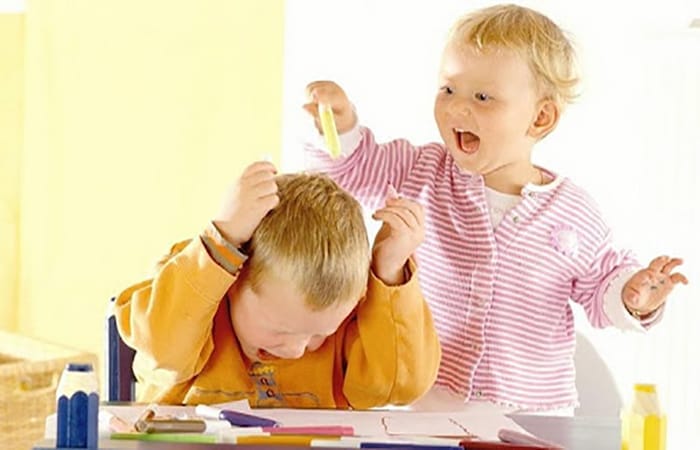
Types of Attention Deficit Hyperactivity Disorder (ADHD)
Depending on which symptoms are more prominent in children and adolescents, ADHD is divided into three types:
- Inattentive type: Individuals in this group show more symptoms of inattention than hyperactivity.
- Hyperactive-impulsive type: Individuals here exhibit more symptoms of hyperactivity than inattention.
- Combined type: Individuals who display both inattentive and hyperactive symptoms equally.
Suggested article: Introduction to types of disorders
Causes of ADHD in Children
The exact cause of ADHD in children is not fully known, but potential factors include genetics, brain injuries, maternal alcohol and drug use during pregnancy, premature birth, and low birth weight.
Family and environmental factors, parenting styles, and nutrition can also contribute to the persistence of the disorder.
Difference Between Childhood Mischief and ADHD
A common mistake parents make is not distinguishing between normal childhood mischief and ADHD, often labeling any mischievous behavior as hyperactivity. Children and adolescents sometimes display certain behaviors to attract attention because they suffer from a lack of affection and need warmth and love from their parents.
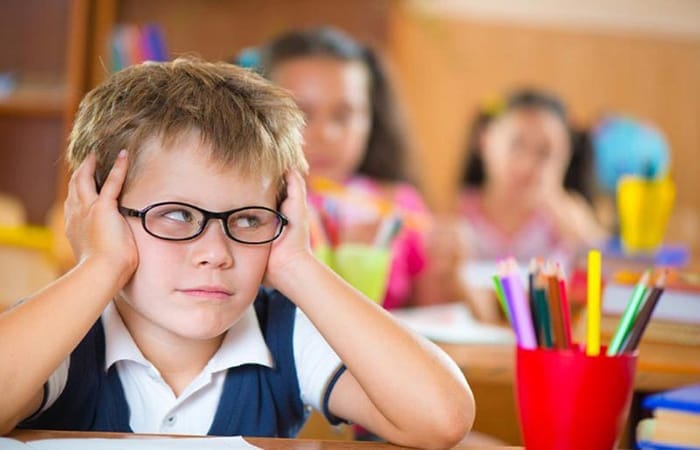
Treatment Approaches for ADHD in Children
For diagnosing ADHD in children, it is necessary to consult a child and adolescent therapist, who can then initiate proper treatment if needed. Many families mistakenly interpret normal childhood mischief as ADHD and label the child’s behavior without professional diagnosis. If the child shows symptoms only at home or only at school, it cannot be concluded that they have ADHD; instead, parenting methods, family interactions, or the way teachers and peers relate to the child should be evaluated as possible causes of behavioral issues.
- Education: Educating parents and teachers is the first and most important step in treatment, because there is a common misconception that children or adolescents deliberately exhibit these behaviors and can behave normally if they want to. Raising awareness about ADHD and the correct way to interact with these children and adolescents can help correct these misunderstandings and support the treatment process.
- Cognitive Behavioral Therapy (CBT): In therapy sessions, the therapist helps correct faulty thought patterns and strengthens the individual’s weak points, especially attention and concentration. The therapist also uses a reinforcement program tailored to the person’s personality type to increase positive behaviors.
- Medication: Medication is an option when necessary, which can help improve concentration and regulate behavioral problems.
برای مشاوره رایگان و رزرو وقت (یا اگر تماس گرفتید و قادر به پاسخگویی نبودیم) شماره تماس خود را وارد کنید. ما به زودی با شما تماس می گیریم!
